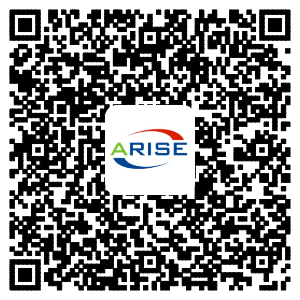News
Contact us
- Address:
N.O. 53 Nanhuan Road, GongMing, Shenzhen, GuangDong Province, China (Post code 518107). - Zipcode:518109
- Email:info@ariseled.com
- Mobile:+86 136 2020 9526
- Web:http://www.ariseled.com
LED Screens for Sports
"Sports LED screens” are nothing new, event trivial, but the topic is visually stimulating and important.
Sports display screens were initially just modest scoreboards, however, technology made a huge leap from a simple cardboard with the game’s score changed manually to gigantic LED video screen combined to complex multifunctional digital scoreboard.
First LED screens in sports arenas were of much higher cost than tradtional scoreboards. They are expensive as a product and also cost more in maintenance. One must factor in expenses on specialists, on setting up mini-TV studios for broadcasting, mixing content and modern advertising or informational clips. only few major teams could afford the luxury. Nevertheless the impact of screens on spectators was so strong that the trend thrived in spite of sky-high prices.

LED video screens became part of sports arenas: soccer and athletic stadiums, basketball halls, and hockey fields, etc. Huge video screens mounted amid spectators’ seats,
video cubes hanging under stadium roof, video perimeters surrounding part or the whole circumference of the playing field – nowadays we are all used to these sophisticated
devices that continuously bring colorful images of the game and dynamic advertising on spectators.
Today almost all large stadiums are equipped with LED video screen systems. Video screens are an indispensable part of stadiums and therefore are strictly controlled by authorities. Practically all sports associations and federations announced special requirements to video screens, including their positioning on the stadium (not to prevent viewing, not to endanger players and public), type of materials and brightness (not to blind public and players), video content (conformance to intellectual rights regulations), etc.
The requirements to video screens are constantly growing: modern sophisticated screens have to be larger in size, must support HD resolution, work in adverse weather
conditions (for example, at winter ski tracks or ski jumps events where wind and snow and low temperatures have to be taken into account in setting up and maintaining
screens. Or in open swimming pools where high humidity may negatively affect numerous units within the screen or even drastically shorten the LED life span.
Why do we need a LED video screen at a stadium? Is it not easier to install traditional scoreboard? It is. But impossible. Spectators and fans are used to TV capabilities of immediate repeat or replay of important moments and demand similar service while at the stadium. But video screens are not just an entertainment media, they are also
important tools for advertising sales. The impact of advertising at the peak of emotional game is exceptional. The effectiveness of stadium-based advertising and therefore advertising prices at such events tend to be the highest. Do not discard the secondary effect of the TV broadcasting: on TV we watch screens within screens and the impact of in-field advertising extends from the thousands of spectators to millions of TV viewers around the world.
All this concerns LED screens that service the most spectacular kinds of sports. Such systems are traditionally stationary and placed at stadiums. However there are many kinds of sports competitions that happen outside stadiums. For such kinds of sports LED video screens became indispensable. For example, ski or bicycle or car races: everywhere
where athletes get far away from the traditional stadiums. In all such cases the only way to maintain the interest among spectators is to place LED screens at some central gathering spot and broadcast live TV covering of the event.
Interestingly, initially LED screens were installed at the stadiums as stand-alone systems. Today they are included into complex audio-video DOOH systems that service all areas within or outside the arena, including ticket office, transit areas, cafes and even waiting areas outside the stadium.
LED screens are no longer confined to stadiums. During important international or national sports events, sports LED screens are placed in various key squares of our cities or even drive around our cities.
We are used to large video screens. They are around us everywhere. However, it is in the stadiums that the screens are the most effective. LED screens bring action closer to spectators and thus make competitions more enjoyable.








